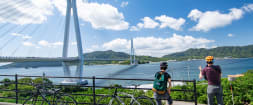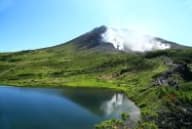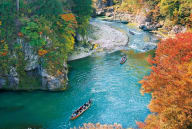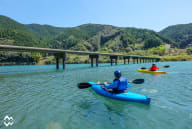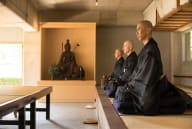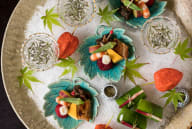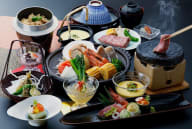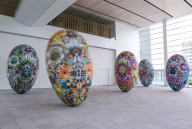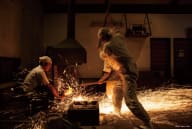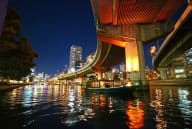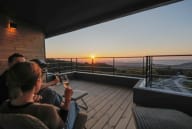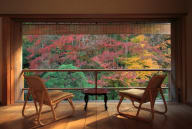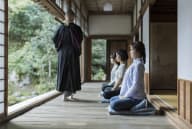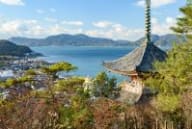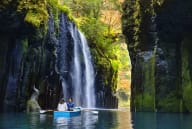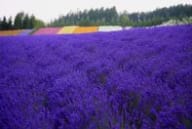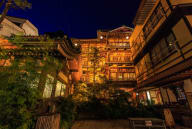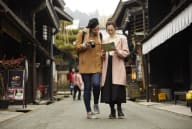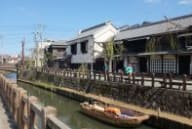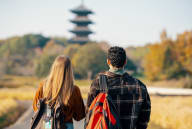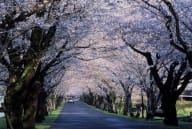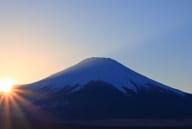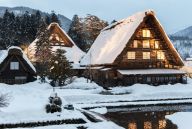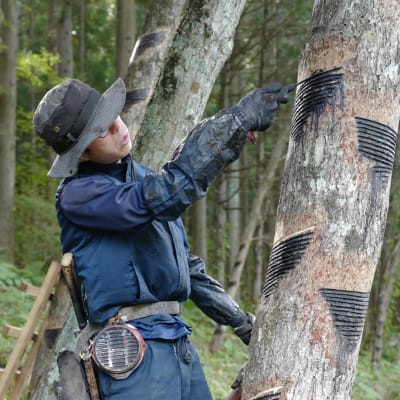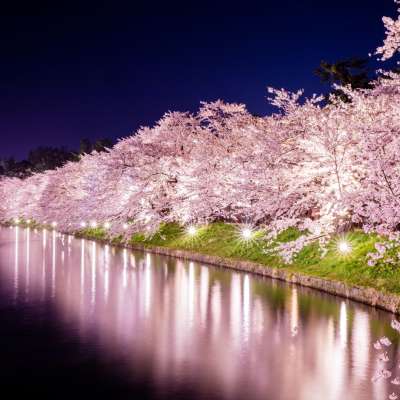-
- 简体中文
- 繁體中文(香港)
- 繁體中文(臺灣)
- India (English)
- Bahasa Indonesia
- 한국어
- ภาษาไทย
- Tiếng Việt
- Singapore (English)
- Philippines (English)
- Malaysia (English)
- Australia/New Zealand (English)
- Français
- Deutsch
- Italiano
- Español
- United Kingdom (English)
- Nordic countries(English)
- Canada (English)
- Canada (Français)
- United States (English)
- Mexico (español)
- Português
- العربية
- Japan(日本語)
- Global (English)
-
Destinations
-
Things to Do
-
Plan Your Trip
-
Articles
- JAPAN Monthly Web Magazine
- Tradition
- Arts & Cultures
- Cuisine
- Nature & Outdoor
- Shopping
- Relaxation
- Festivals & Events
- All
- Insider Blog
- Things to do
- Local Guides
- Outdoor
- Food & drink
- City life
- Culture
- Traditional
- Adventure
- Consumer
- All
Use the
Planning a Trip to Japan?
Share your travel photos with us by hashtagging your images with #visitjapanjp
Tohoku
Exploring Lacquer Culture in Tohoku in 4 Days
Co-existence

This model course traces lacquer’s story across Tohoku, from golden temples in Iwate to ancient artifacts in Aomori. It illustrates the GREEN×EXPO 2027 subtheme of Co-existence, where people and the natural world can thrive together.
Day 1: Golden artistry in Hiraizumi, Iwate
From Yokohama Station, travel via Ichinoseki to Hiraizumi Station by train. Begin at Chusonji Temple, a UNESCO World Heritage Site whose temple grounds afford insights into the region’s Buddhist heritage and how lacquer was used in sacred contexts.
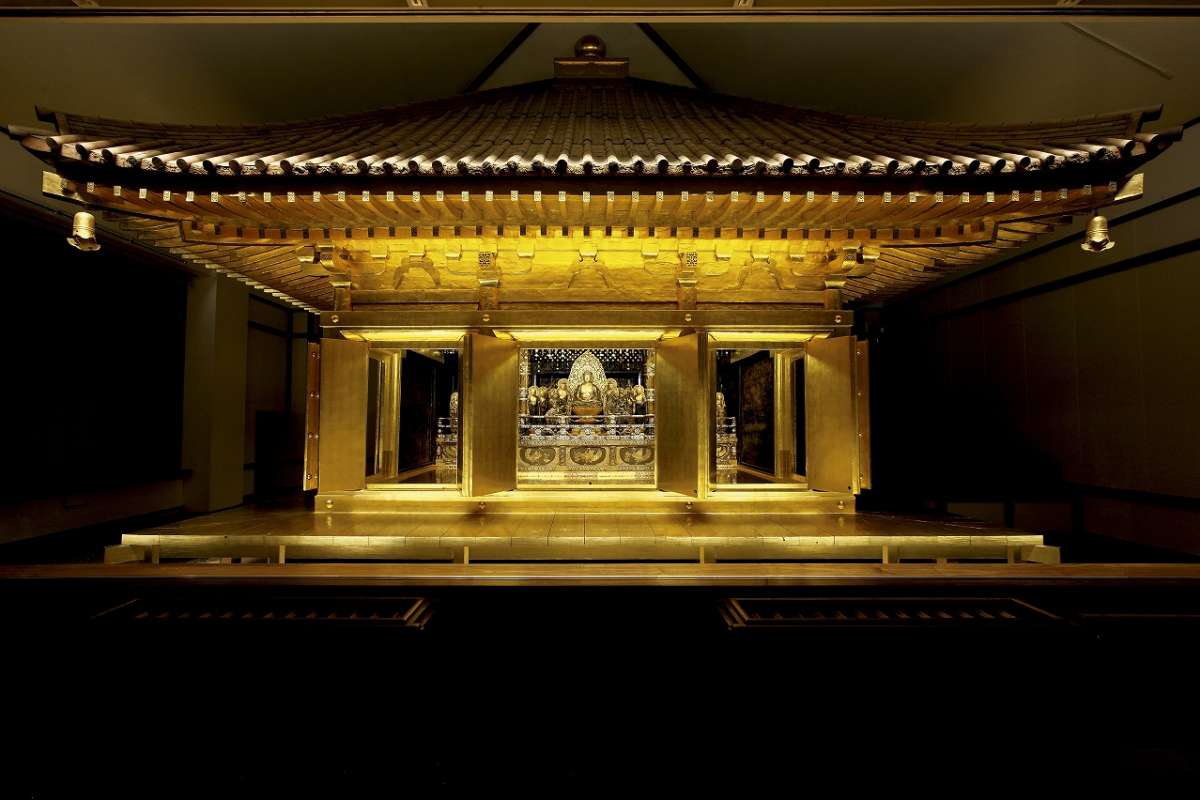
Overnight stays in Hiraizumi provide a quiet base amid this historic landscape.
Day 2: Temple tableware and lacquer forests, Iwate
Drive about 30 minutes to Shoboji Temple in Oshu, where traditional vegetarian cuisine is served in simple lacquer bowls. Holding and eating from these vessels shows lacquerware’s role in daily life.

Continue with a two-hour drive north to Joboji in Ninohe, Iwate Prefecture, where most of Japan’s lacquer is produced. At Joboji’s lacquer forests and workshops, visitors can observe and learn how sap is collected through tree tapping. Stay in the surrounding area and enjoy the countryside.
Day 3: Prehistoric lacquer and nature, Aomori
Travel an hour by car to the Korekawa Archaeological Institution in Hachinohe, Aomori Prefecture, where some of the world’s oldest lacquered objects have been excavated from Jomon-era (14,500–900 BCE) sites.
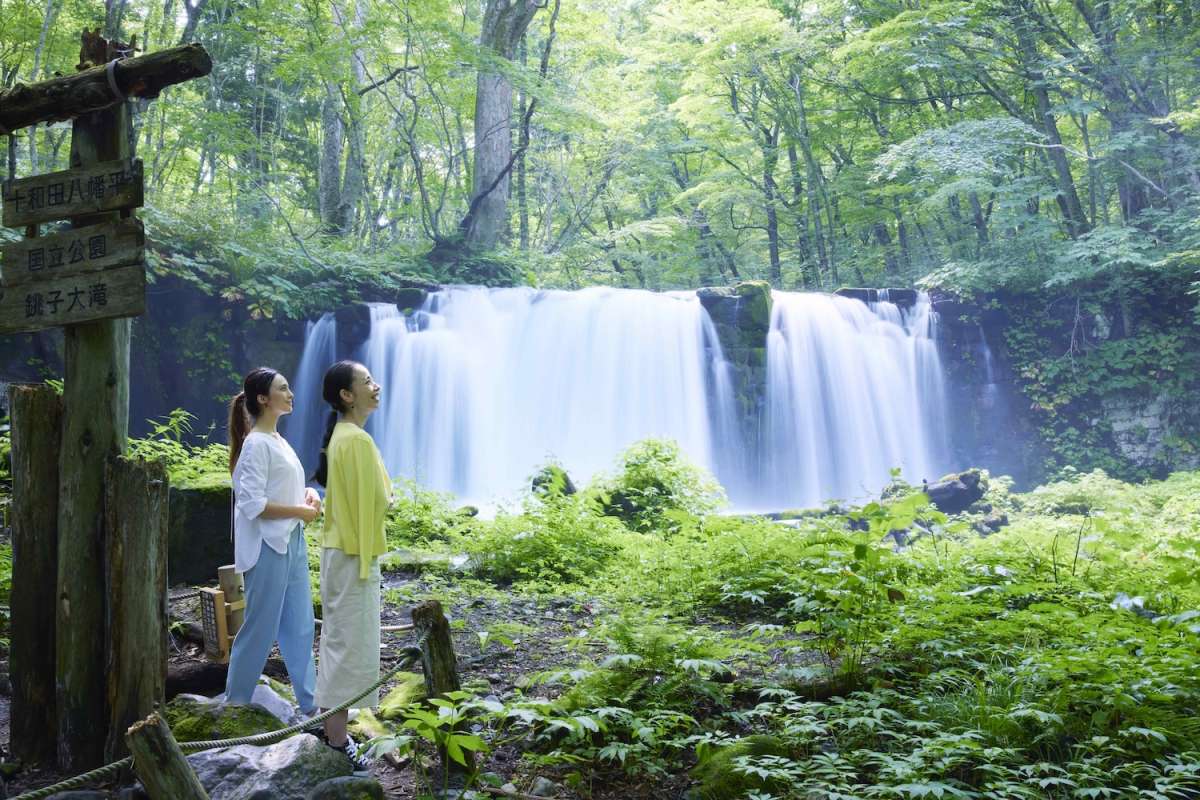
Then drive about 90 minutes to Oirase Gorge, a forested valley where waterfalls, moss, and trees give a sense of the nature that sustains crafts like lacquer. Take the time for guided walks along the forest trails and find a place to stay in the Oirase area.
Day 4: Tsugaru lacquer in Hirosaki, Aomori
Take a 90-minute drive to Gallery CASAICO in Hirosaki, home to Tsugaru Nuri lacquerware, a craft with more than 300 years of history in the area. Here, visitors can watch artisans apply multiple layers of colored lacquer and try hands-on workshops, such as repairing broken ceramics with lacquer and gold dust.
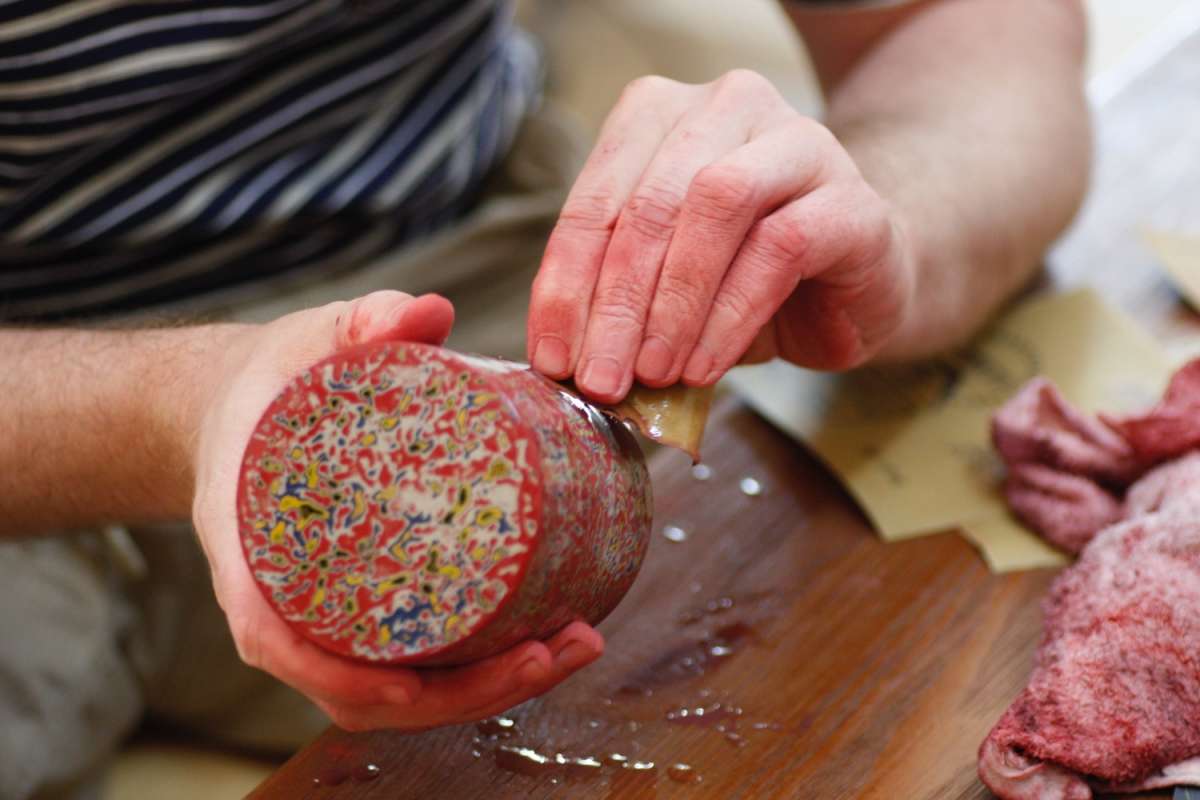
Take the time to also explore the grounds of the nearby Hirosaki Castle, famous for its cherry blossoms.
You May Also Like


©Expo 2027
- Home
- Green Expo 2027
- Model Courses
- Exploring Lacquer Culture in Tohoku in 4 Days














